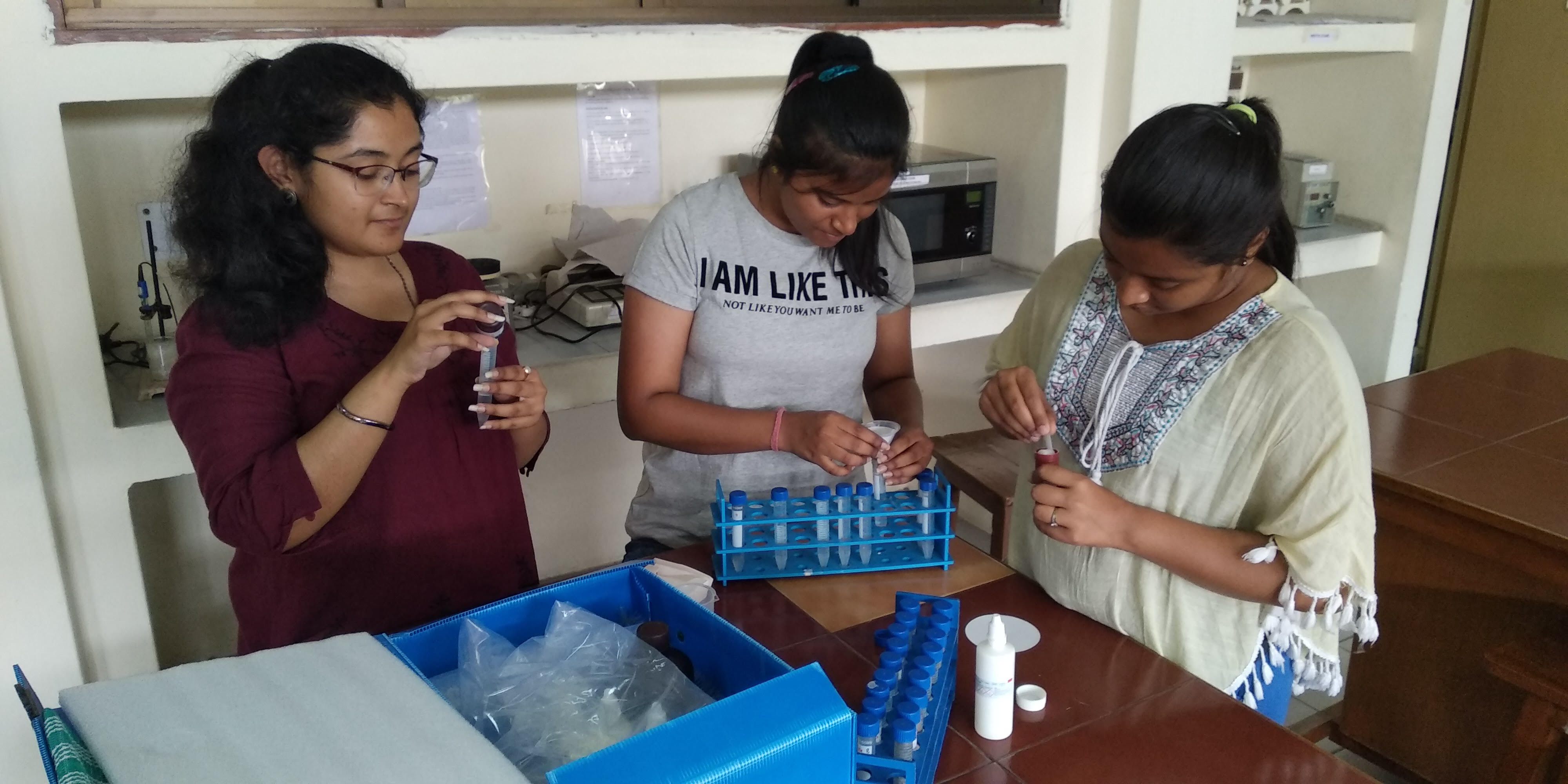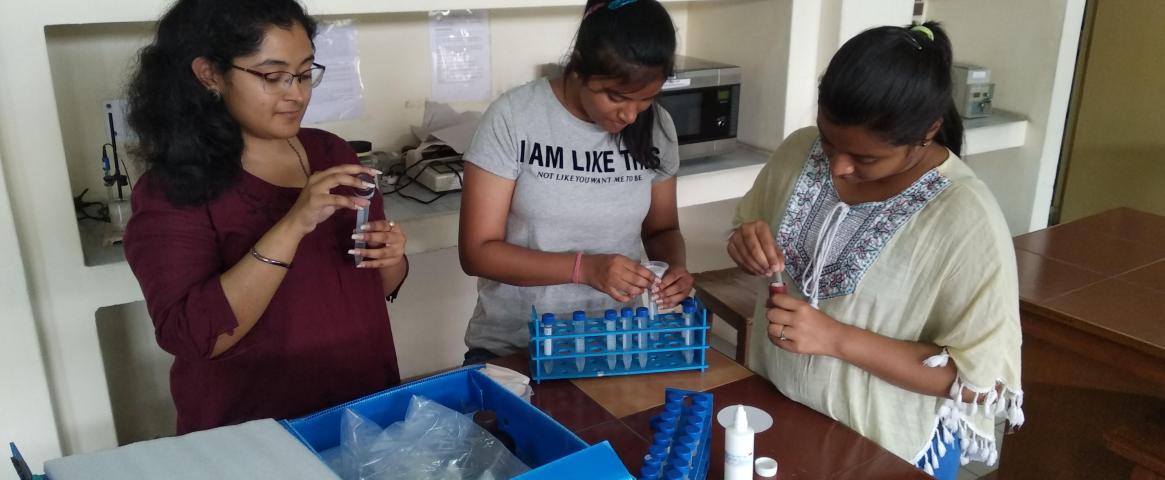By Breanna Beers
A new medicine to combat antibiotic-resistant Neisseria gonorrhoeae could result from a recent computer modeling study by a research team in India.
The team’s study, published in the Journal of Theoretical Biology, scanned through N. gonorrhoeae’s DNA to identify proteins essential to the bacteria’s survival. Study author and biomedical scientist Dr. Uma Chaudhry says these proteins are possible targets for new drugs designed to fight gonorrhea infections.
According to the U.S. Centers for Disease Control and Prevention (CDC), gonorrhea is the second-most common notifiable disease in the U.S., with more than a million new cases reported every year. If left untreated, gonorrhea can lead to permanent health problems, including making the risk of contracting HIV five times as likely.

The team highlighted 29 proteins from a list of 2,350 possibilities that hold promise as targets for future antibiotics to fight N. gonorrhoeae. For one protein, dapD, the team went a step further and identified a compound, ZINC06311339, that inhibits the protein’s function, which would likely kill the bacteria. With further testing, the team said, this compound could be a candidate for a new antibiotic, one to which resistance has not yet evolved.
Because gonorrhea is resistant to nearly all existing antibiotics, according to the CDC, new treatments are sorely needed. The possibility of a completely untreatable gonorrhea in the near future led the World Health Organization (WHO) to declare the disease a “superbug” earlier this year.
Biologists use the term superbug to refer to any bacteria that are highly resistant to antibiotics, usually multiple classes of antibiotics. That’s “super” as in “villain” — these tiny pathogens are summoning all their powers to thwart the medical teams battling to exterminate them.
Antibiotic resistance can spread quickly in a microbial population containing even a few superbugs. That’s because bacteria are capable of what scientists call horizontal gene transfer—exchanging tiny chunks of DNA among each other like collectors trading baseball cards. However, biologists observe that unlike trading cards, natural selection ensures that the most valuable “cards” — in this case, resistance to powerful antibiotics — are also the most common and quickest to spread.
What’s more, scientists have observed that bacteria’s rapid rate of reproduction lets them evolve quickly in response to selective pressure, including the introduction of antibiotics meant to wipe them out. While the medicine may kill most of the bacteria in an infection, unaffected superbugs persist, growing increasingly prevalent until only the resistant strain remains. In this way, researchers say, the more we use antibiotics, the less effective they become.
According to Merck Research Laboratories’ Executive Director Dr. Amanda Paschke, superbugs are not only dangerous in their own right, but in how they compound the risks from other human health conditions like cancer, diabetes and trauma.
“The scope [of superbugs’ effect] in terms of numbers is huge,” Paschke says. “All the advances we’re making for other diseases are threatened by this huge problem of antibiotic resistance.”
Despite this, development of new antibiotics has stalled in recent years. One reason cited by the pharmaceutical industry is the high cost of research relative to the low selling price of most antibiotics. There’s only a single class of antibiotics that is still recommended for treating gonorrhea, which is partly what prompted Chaudhry to focus her research on this disease.
Because gonorrhea is often asymptomatic in women, she says, it can spread quickly through a population both among sexual partners and from mother to child during pregnancy. This is especially problematic in areas where there is no routine system of testing, such as the area of India where her work is based.
“We want to do some societal work where we reach out to villages,” says Chaudhry. “We have certain healthcare providers who can identify people having this disease and explain to them the importance of curing it in a timely manner.”
A big stumbling block can be overcoming the social stigma of sexually transmitted diseases, she says. If people infected with gonorrhea fail to receive treatment due to lack of symptoms or societal stigma, the mere existence of new antibiotics won’t make a difference. But if regular testing procedures are implemented in accordance with CDC guidelines, she says, her team’s research may be transformative for entire communities.
Soon, Chaudhry says, the team plans to begin laboratory tests using ZINC06311339, the drug candidate compound, against live bacteria. If the results look promising, clinical trials could follow.
Identification of potential therapeutic targets in Neisseria gonorrhoeae by an in-silico approach. Pooja Tanwer, Sree Rohit Raj Kolora, Anshu Babbar, Daman Saluja, Uma Chaudhry. Journal of Theoretical Biology. Vol. 490. April 2020.
Breanna Beers is a senior at Cedarville University studying molecular and cellular biology with a minor in bioethics. She is the editor-in-chief of her university’s independent student newspaper, Cedars. She has contributed to the Cedars podcast and bioethics blog Bioethikos. Connect with her on LinkedIn or email her at breanna.joyb@gmail.com.
This story was produced as part of NASW's David Perlman Summer Mentoring Program, which was launched in 2020 by our Education Committee. Beers was mentored by William Schulz.


